12/9 Bogshots
kwoods
18 years ago
Related Stories
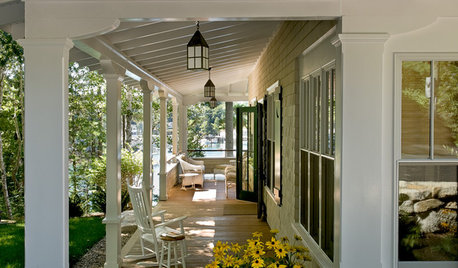
DECORATING GUIDES9 Ways to Create Comforting Farmhouse Style Anywhere
So you don't have 12 acres, a cow and a porch that sleeps a crowd. You can still get the warmth and coziness of a farmhouse at home
Full Story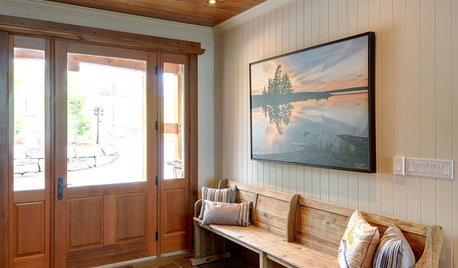
SALVAGEReinvent It: 9 Ways to Resurrect Church Pews
Unusual proportions make these long benches problem solvers as well as unique points of interest all around the home
Full Story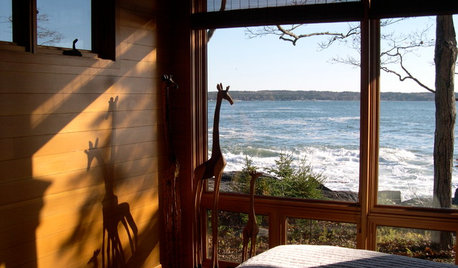
BEDROOMS9 Beautiful Bedroom Views Shared by Houzzers
See great vistas throughout the U.S. and Canada, with stories and details from the homeowners
Full Story
KITCHEN DESIGN9 Questions to Ask When Planning a Kitchen Pantry
Avoid blunders and get the storage space and layout you need by asking these questions before you begin
Full Story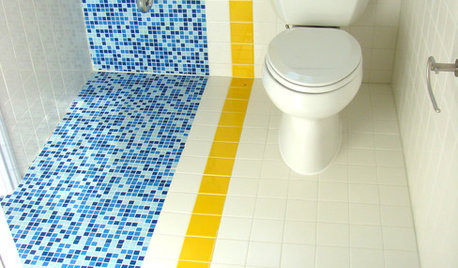
BATHROOM DESIGN9 Big Space-Saving Ideas for Tiny Bathrooms
Look to these layouts and features to fit everything you need in the bath without feeling crammed in
Full Story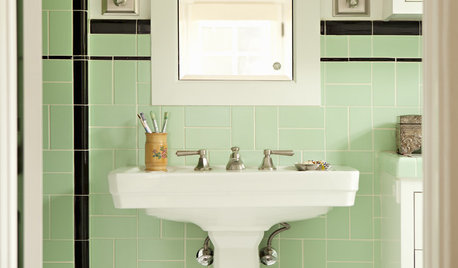
BATHROOM DESIGN9 Surprising Considerations for a Bathroom Remodel
Don't even pick up a paint chip before you take these bathroom remodel aspects into account
Full Story
KITCHEN CABINETS9 Ways to Configure Your Cabinets for Comfort
Make your kitchen cabinets a joy to use with these ideas for depth, height and door style — or no door at all
Full Story
MOST POPULAR9 Reasons to Buy a Painting
No print or poster can rival the power of an original painting, chosen by you, for where you live
Full Story
BATHROOM DESIGN9 Tips for Mixing and Matching Tile Styles
Get acquainted with the basics of combining shapes, colors and finishes for a symphony of tiles
Full Story
HOME OFFICES9 Ways to Enjoy Your Home Office More
Let in the light, get a new chair and treat yourself to some fresh organizational tools for your office this year
Full Story





yarthkin
sal_mando
Related Professionals
Ballwin Landscape Architects & Landscape Designers · Signal Hill Landscape Architects & Landscape Designers · Anderson Landscape Contractors · Addison Landscape Contractors · Bedford Heights Landscape Contractors · Brookline Landscape Contractors · Cambridge Landscape Contractors · El Mirage Landscape Contractors · Haverhill Landscape Contractors · Lynn Landscape Contractors · Oviedo Landscape Contractors · Pueblo West Landscape Contractors · Woodland Landscape Contractors · Black Forest Roofing & Gutters · Orange County Siding & ExteriorskwoodsOriginal Author
yarthkin
kwoodsOriginal Author
yarthkin
kwoodsOriginal Author
compost_hugger_nancy
yarthkin
kwoodsOriginal Author
yarthkin
kwoodsOriginal Author
yarthkin
compost_hugger_nancy
yarthkin